Albona
the Mother (a.k.a. The Lady of the Lakes, the Hospitable , Lifebringer, Protector of the Night, the First Grace)
Legends
A woman rising from a lake or Pond
Most (almost all) depictions of Albona show her as a woman rising from the water. Even the Amnian foundermyth has Albona, in her mercy, appear from the Depths of the Moonlake before the ships of the first caldavian settlers, and lead them through the sharp reefs to the shore where they found the city of AmnAlbona leading the first settlers to shore
Albona chooses mercy over Raodin's command to let the humans find their own way
through the sharp reefs of Amn.
After she emerges from the water in the form of a giantess, she pulls the ships safely through the jagged reefs to the coast, where the settlers go ashore, found the city of Amn and build the Albona Temple in her honor, housing it in the Mother Cave beneath the Mesa.
Albona giving Oathbinder to Sonra
Another instance in which Albona allegedly appeared from the water was, when she rose from the Roderwater, to give Raodin's sword to Sonra and took her back with her into the Lake, to finalize Sonra's Ascension to godhood.Albona giving Oathbinder to Sonra
Mural on the Walls of the Sonra Temple of Shearwind, depicting Albona as she appears from the Roderwater, to give "Oathbinder" to Sonra.
Divine Domains
Life, nature, balance:
Albona is the goddess of life and nature, but unlike her Aquiran counterpart, she is not a merciless goddess, but regards cooperation as a valuable survival strategy, which is why mercy is also one of her domains. Balance is another important aspect of Albona, and one over which she connects with Raodin, the Father. Where he stands for Justice and Fairness, so more social centered concepts, the balance Albona represents is the constant ebb and flow of nature, the fragile construct which finds a place for all life, but also challenges it constantly to keep it. Because perfect balance is an unattainable goal, which IS something that is taught in the temples of Albona, the priests of the goddess are free to interpret the sacred demand for balance as they see fit. Because grace and mercy are part of Albona's domains however, her priests often do it in the most life-affirming and merciful way, unless of course the consequences of doing so would prove more destructive. Although everything living and growing is seen as Albona's responsibility, gardening is not considered the goddess's domain, but rather part of agriculture, which is the domain of Raodin the Father. Albona's domain is the domain of untamed nature, and her temples are often overgrown and located in natural places (e.g. the Mother Cave in Amn).Family, Hospitality, Mercy:
Family, as an important building block for life to develop to its full extent and strength, is the responsibility of Albona. Albona demands from its believers respectful treatment in the family and a supportive and at the same time demanding style of education, which strengthens the child, helps it to become independent and gives it the courage to face the challenges of life. Albona condemns all forms of parenting that restrict or jeopardize a child's growth or development, for example by burdening them with unnecessary trauma. However, as Albona recognizes that trauma is part of life, a healthy balance is required from believers, which is also part of her creed. As the goddess sees cooperation as a powerful and life-affirming tool for survival, she is also the patroness of hospitality and mercy, and requires her worshippers to offer a roof, a bed, a bath and a bowl of food to those in need, if it is not beyond their means. The faithful of Albona refer to these necessities of hospitality as the four RB&Bs. As a merciful goddess she enjoys that her faithful help the destitute and alleviate their poverty. This is why beggars all over Caldaven form a bowl with both hands as a plea for coin (or at least interpret that quite universal hand gesture as such), and why any gift of money or food will be requited with a "may the first Grace bless you". This is a title that the Roanites in Caldaven have coined for her, because, as they claim, it is her who provides food and shelter, the first grace necessary to rise from poverty.Fertility, Sexuality:
Not so interested in the carnal aspect of fertility, as this is the domain of Lodinn the Mistress, Albona is nevertheless naturally invested in ensuring that all life procreates and endures, which is why all priests of Albona are also trained midwives. Since Albona sees sexuality as a natural part of life, it is of course always an subject to approach their priests with, especially in case of... problems. Unlike the more pretentious Lodinn Priests however, Albona priests have a more factual and down-to-earth approach to the matter. They are known and a bit infamous for how callously (but always factually correct) they answer the inquiries of the faithful, but even Lodinn priests are sometimes shocked at how matter-of-factly Albona priests deal with the subject, and seem to have no qualms about bringing anything up. It's almost as if they don't realize why something might embarrass a believer, because... it's only natural, isn't it?. As a rule of thumb, couples who wish to have children or people who have certain medical problems turn to Albona. In most other matters, both men and women prefer the advice of Lodinn... she is way more discreet.The Lakes, the Rivers, Water:
As water, especially fresh, drinkable water, is such an important part of life, Albona is also the patron saint of all lakes and rivers in Caldaven. This is why she is also called the Lady of the Lakes (or Lady of the Lake). However, when believers use the title "Lady of the Lake", they are always referring to the Moonlake, that is considered sacred to Albona due to its unprecedented biodiversity. Frequent bathing is considered to be beneficial to health and composure and therefore pleases Albona. Albona is therefore also regarded as the patron saint of all the bathhouses that can be found throughout Caldaven.Protector of the Night
Where Raodin, the Father guards the hours of the day with the light of his radiant golden shield, Albona, the Mother guards the hours of darkness with hers silver one. Once attacked severely by a particularly vicious plaguebeast, Albona's shield is shattered and her strength, once equal to Raodin's, has waned, such that today Albona has to set down the shield once per month at new moon, which is when Truenight happens and the Plaguebeast roam. Priests of Albona see that, despite being weakened, Albona fights on. They attribute this to her merciful dedication to protect all life and to her will to rather put herself in harms way, than see the world suffer.They strive to achieve such dedication themselves.Divine Symbols & Sigils
The Tree of Life
The tree of Life is the ancient symbol for the Mother. While still in use in Caldaven, it is slowly replaced by the more complex "double" tree of life, which allegedly shows a Tree of Life and its reflection in an assumed body of water nearby.The Tree of Life
Leftmost: The tree of Life symbol as it is used in all regions of Ardu which follow the Faith
Second from the left: The simpler version of the Tree of life symbol, as it is used in scripture or when there is little time to draw the way more complicated symbol for an upcoming rite. Here it serves as a basis for a balancing game famous with Umaterasu priests on the Summer Isles. It asks the player to balance the larger hoop on a table while the smaller lying 8 has to be be balanced on its insides, without the whole construct falling over.
Third from the left: Tree of Life pendant as it is worn by Albonne Priests in Aquira
Rightmost: "Double" Tree of Life in use in Caldaven. The Symbol allegedly depicts the Tree of Life and its reflection on the surface of a nearby lake, to represent Albona's state as the Lady of the Lakes.
Caldavian Tree of Life Pendant
Pendants of Albona on green velvet, to the left a luxury silver pendant worn by the high priests of Albona, to the right an Ironwood pendant as worn by the High Mother in Amn. The Sapphire is optional, and also comes in Jade, Malachite, Agate or Turquois.
The Broken Moon
The Broken Moon is another old symbol of the Mother. It represents her status as protector of the night,. The broken moon is her shattered shield which she, weakened now, has to rest once per month at Truenight. It is depicted in necklaces or on belts of her priests as a crescent moon followed by a trail of fragments, and can also be found on the Caldavian crest, to honor her part in the foundation of Amn, next to a wolf which represents Sonra, The She-Warrior. It is also in common use in the specific type of roundshields the Clerics of the Mother use.Broken Moon Symbols
Common broken moon artifacts in use in all regions where the Faith of the Seven is dominant:
Left the so called Mothershield. a Roundshield used by Mother Clerics, combining both the symbol of the Tree of Life (emblem) and the symbol of the broken moon (form). It has proven particularly useful in combination with spears.
Right Necklace of a crescent Moon trailed by a string of fragments, used by many priests of the Mother
Priestess with Moon necklace
A Mother Priestess near Gyldencross at the Northern Nornwall, wearing a Broken Moon necklace.
The Bowl
Although it is considered a mere household object in regions outside Caldaven, the simple wooden bowl has become a central object of worship in the cult of Albona. First of all, due to the commandment of hospitality (a room, a bath, a bed, a bowl of food), it is a central object of worship, which is why most of its priests carry a wooden bowl either on their belts or in their backpacks. As most depictions of Albona show the Lady of the Lakes either rising from, or at least standing in, the waters of one of these lakes, another version of this object, commonly referred to as the "Albona Bowl", has found favor with the faithful. An Albona bowl consists of two objects: Firstly, of course, the bowl, but also a small statue or bust of the goddess, carved from the same wood as the bowl, which can be anchored to its base, as there are usually notches provided for this purpose. During a praise or a prayer ritual, when the bowl is filled with water, this then gives the desired impression that the goddess is just about to emerge from the water. Although this variant of the simple bowl is not a necessary relic for a proper prayer, as a simple bowl filled with water is considered sufficient, it has prevailed as an object in the possession of many Albona priests and many private households that honor Albona's commandments. As Albona is also the patron saint of bathhouses, the Albona bowl exists in variants in which Athe goddess, instead of stepping out of the bowl, appears to be taking a rexaing bath. These Bathhouse Albona bowls often contain soap, bath salts or health promoting herbs.Albona Prayer Bowl
A portable Albona bowl, usually divided into two parts (the bowl and the bust or statuette).
Before the prayer, the bust or statuette is placed and fixed in the bowl, then the bowl is filled with water, before the worshipper begins the prayer.
Albona Bowl in a Tavern
Many tavern owners also worship Albona as the goddess of hospitality. Taverns in Caldaven therefore often have an Albona bowl in their reception area. These taverns offer their soup of the day for free if the guests do not seem to be able to pay for it, and always have at least one bath tub in the house to allow guests to bathe if they wish.
If a patron considers Albona's commandments of Hospitality fulfilled, it is tradition to leave a few coins as extra tip in the bowl, which the taverns will make sure that they find their way to the local Albona temple.
Albona Bathouse Bowl
As the patron saint of bathhouses, many of these establishments have Albona bowls standing around on their premises. In contrast to the standard Albona bowls, the Albona depicted with these bowls does not appear to rise from the water, but rather to lean back and take a pleasant bath. The Albona bowls
in bathhouses often contain bath salts, soaps or other health-promoting bath additives.
The depicted bowl can be found in the famous "Oromi Bathouse" in Amn.
Holidays
The High Spring Festival on the first of High Spring is considered a festival of Albona.
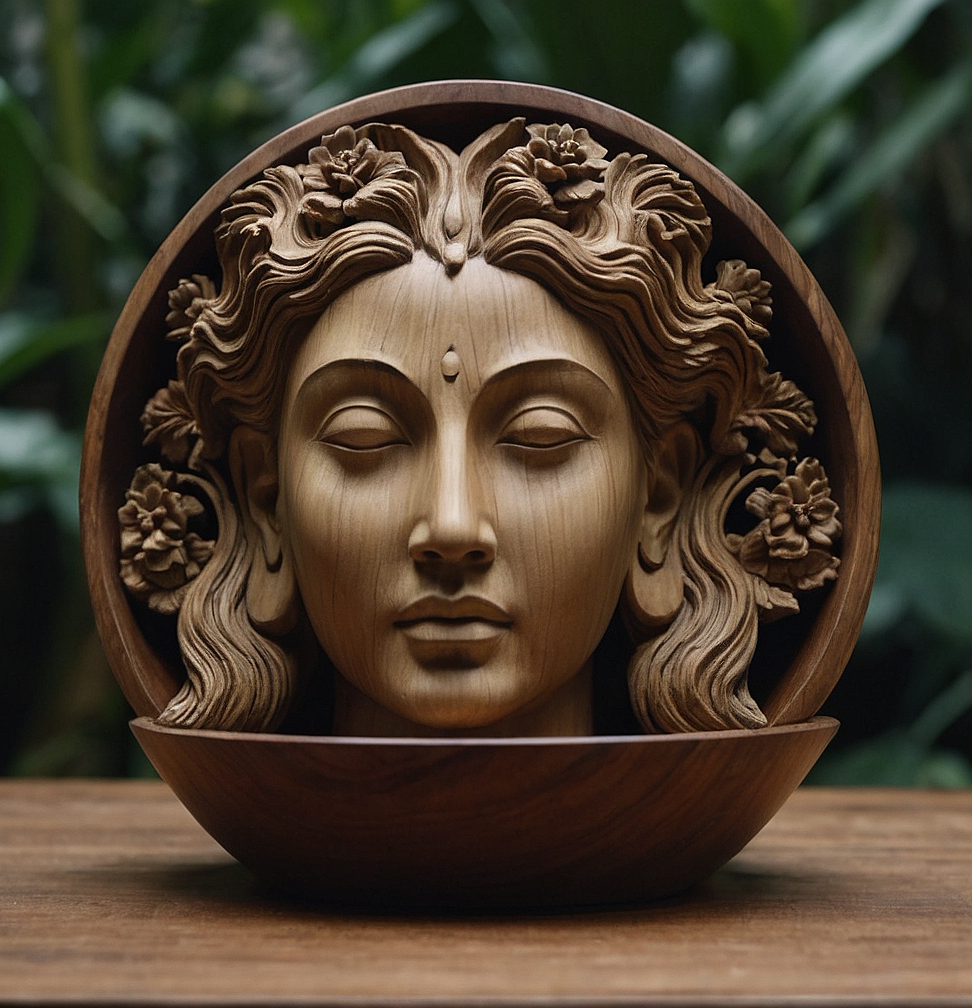
Albona Prayer Bowl in the Motherforest in Amn
Church/Cult
Children
Aligned Organization
The Colors of Albona
The colors associated with Albona are:
Green: The green of the woods and fields
Blue: The blue of the lakes
Silver: The Silver of the Broken moon, usually represented by White.
White and Silver as Tertiary color will mostly be used in decals
Priestess of the mother
Priestess of Albona, clad in green and blue robes with a few brown decals. She wears the double Tree of Life Symbol as a pendant.
Crest of Caldaven
by
cyrgan
The Caldavian crest.
The broken moon over a longship represents Albona's role in the foundation of the realms, while the wolf represents Sonra, The She-Warrior
Albona, Sonra and Lodinn
from left to right: Statues of Albona,Sonra andLodinn , which can be found in the gardens around the House of the Roanites in Amn, representing what the Roanites offer to the poor and downtrodden:
Protection: Sonra,
Food, shelter and Physical Healing; Albona and
Mental Healing: Lodinn.
As such the statues depict three of the four Roanite graces.
The fourth, Morgain, the Crow Queen, who represents death and oblivion as the last grace able to deliver someone from poverty, can be found just a few paces further in front of the Roanite Hospice.
Protection: Sonra,
Food, shelter and Physical Healing; Albona and
Mental Healing: Lodinn.
As such the statues depict three of the four Roanite graces.
The fourth, Morgain, the Crow Queen, who represents death and oblivion as the last grace able to deliver someone from poverty, can be found just a few paces further in front of the Roanite Hospice.



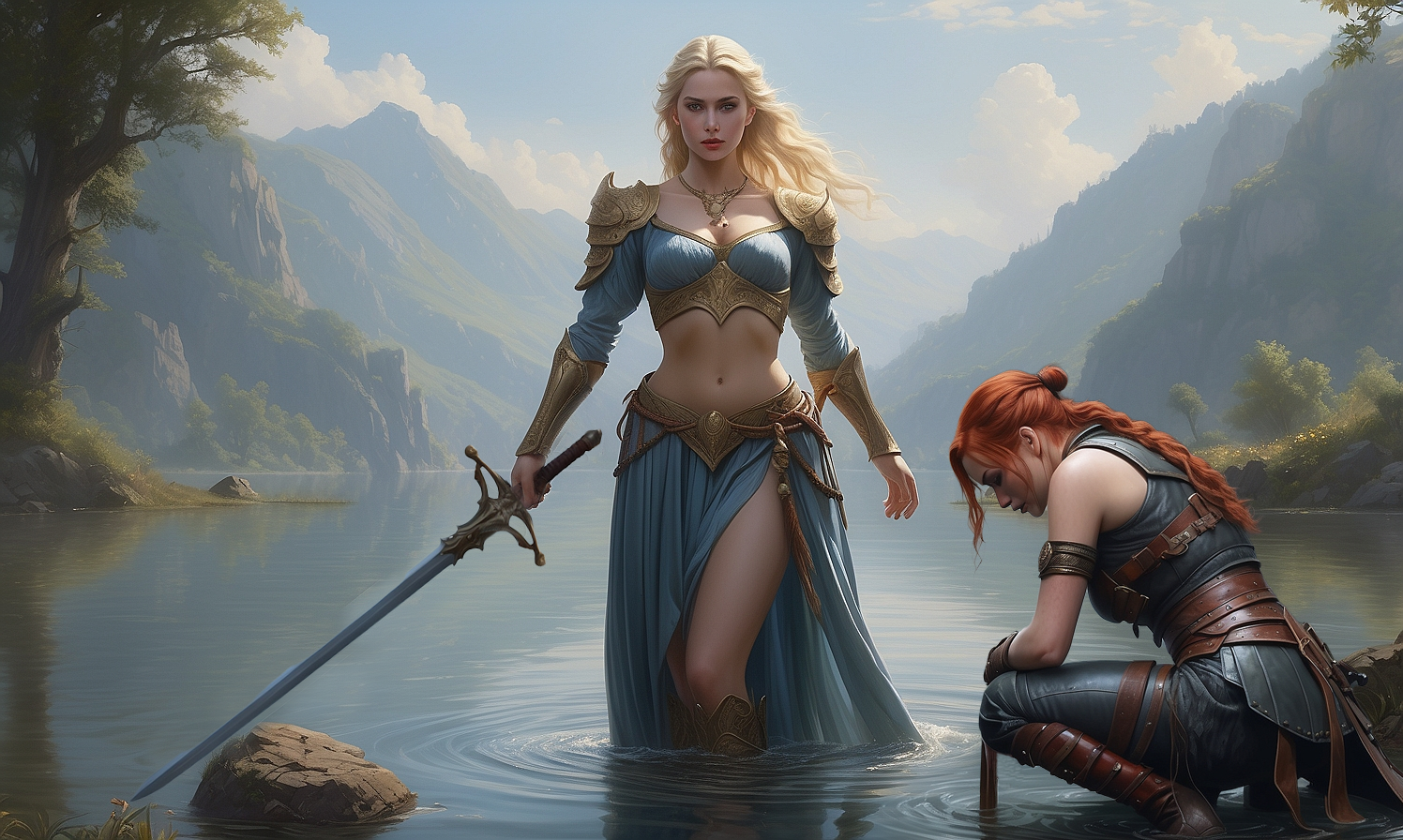

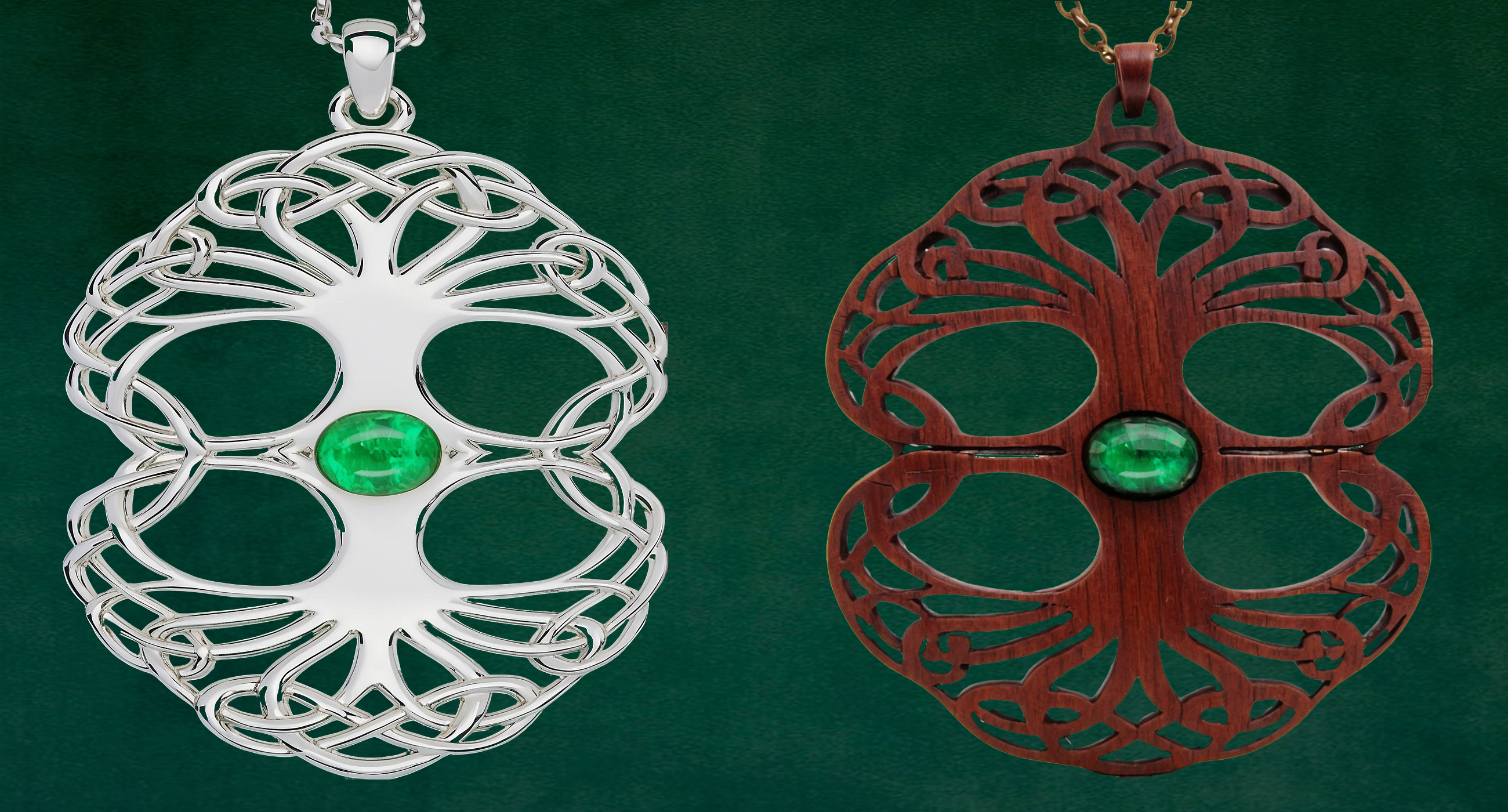

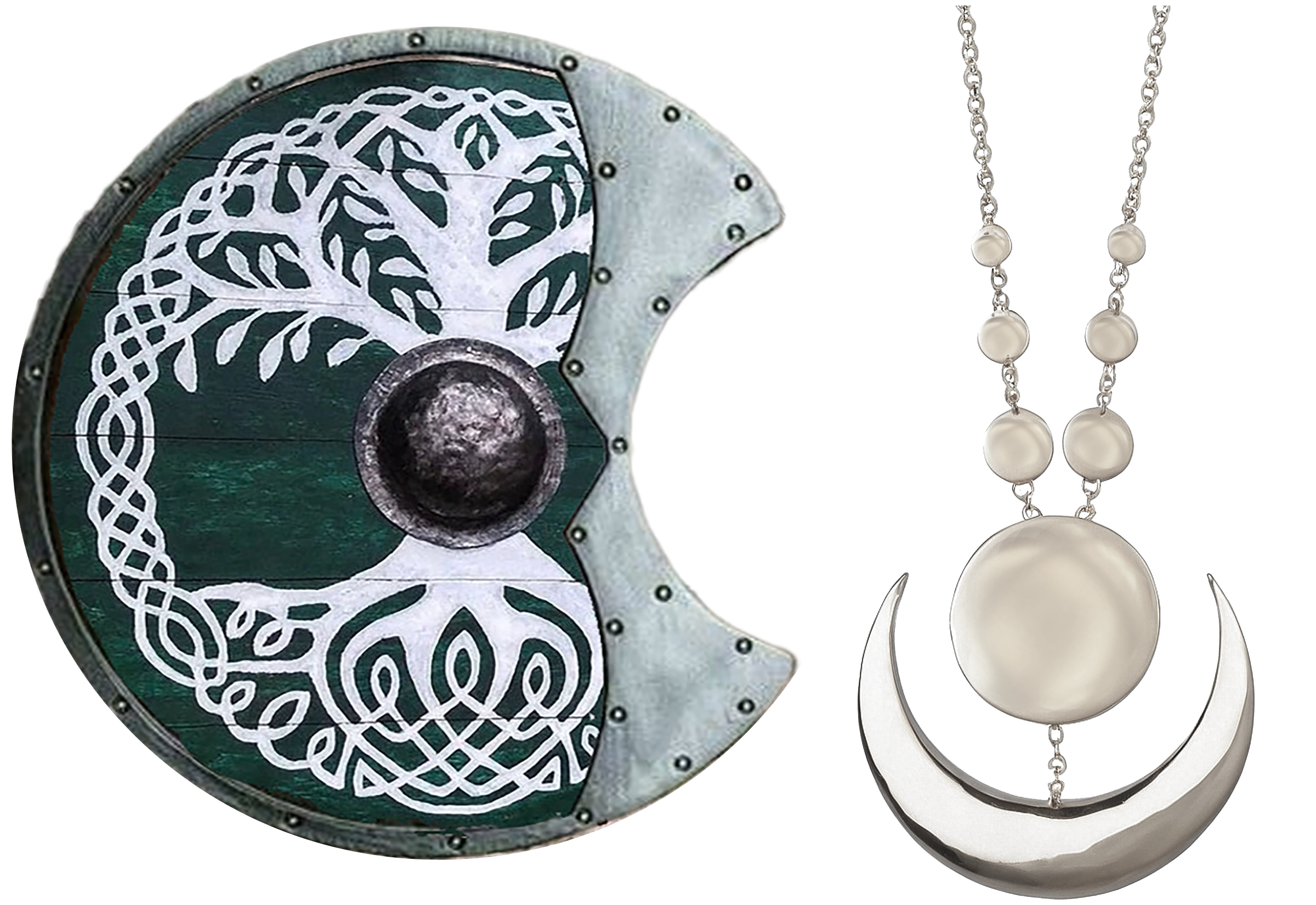
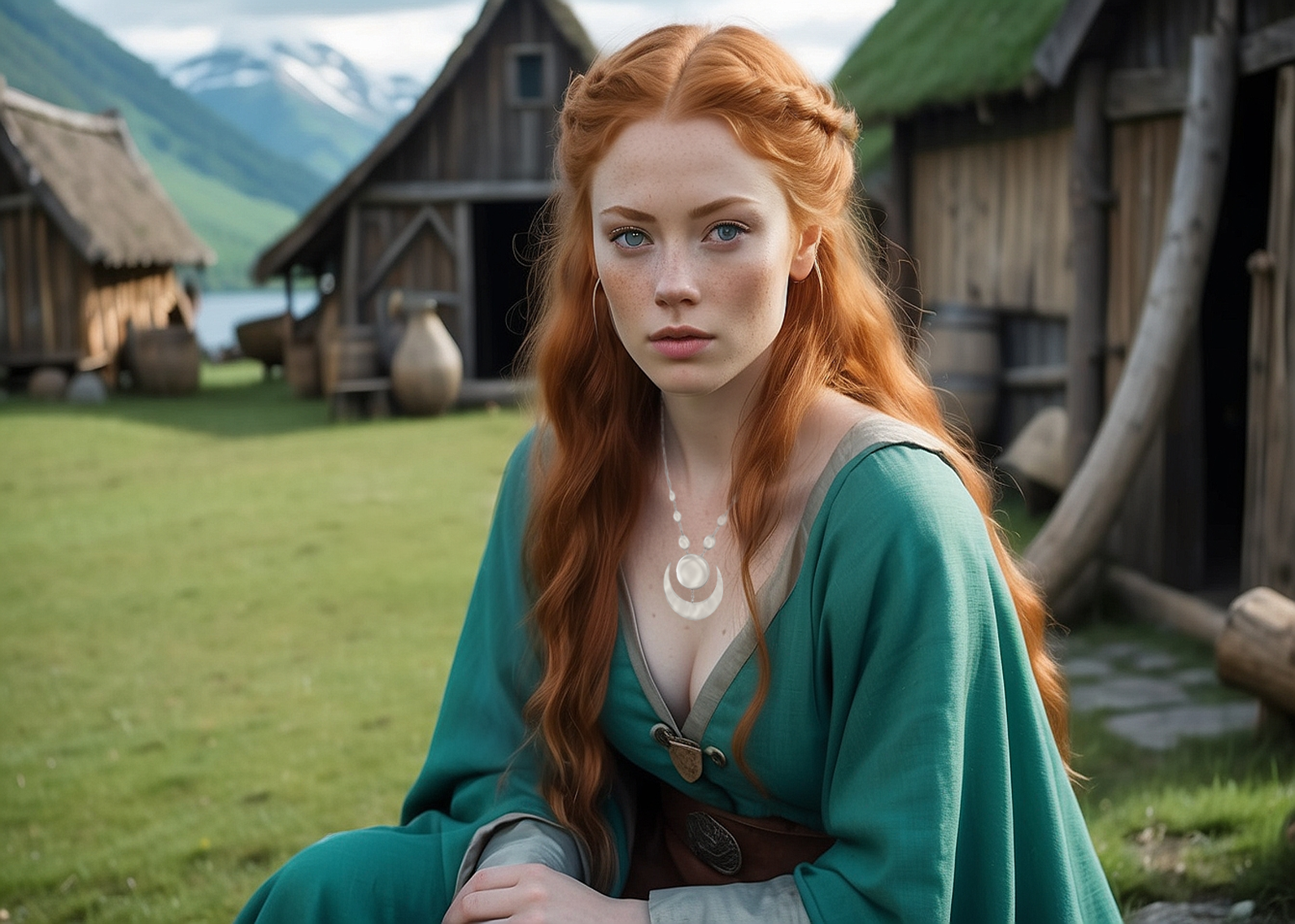
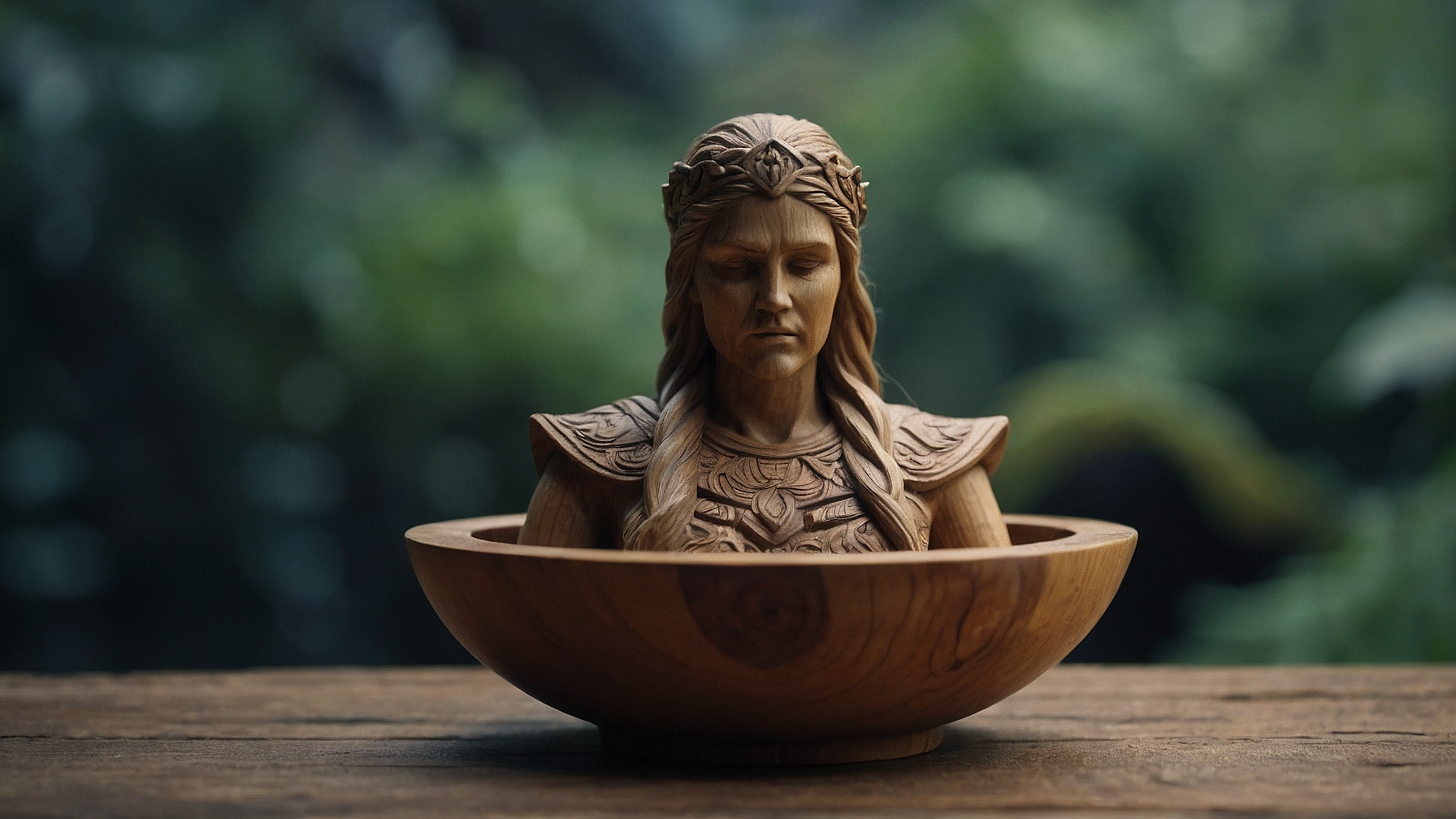
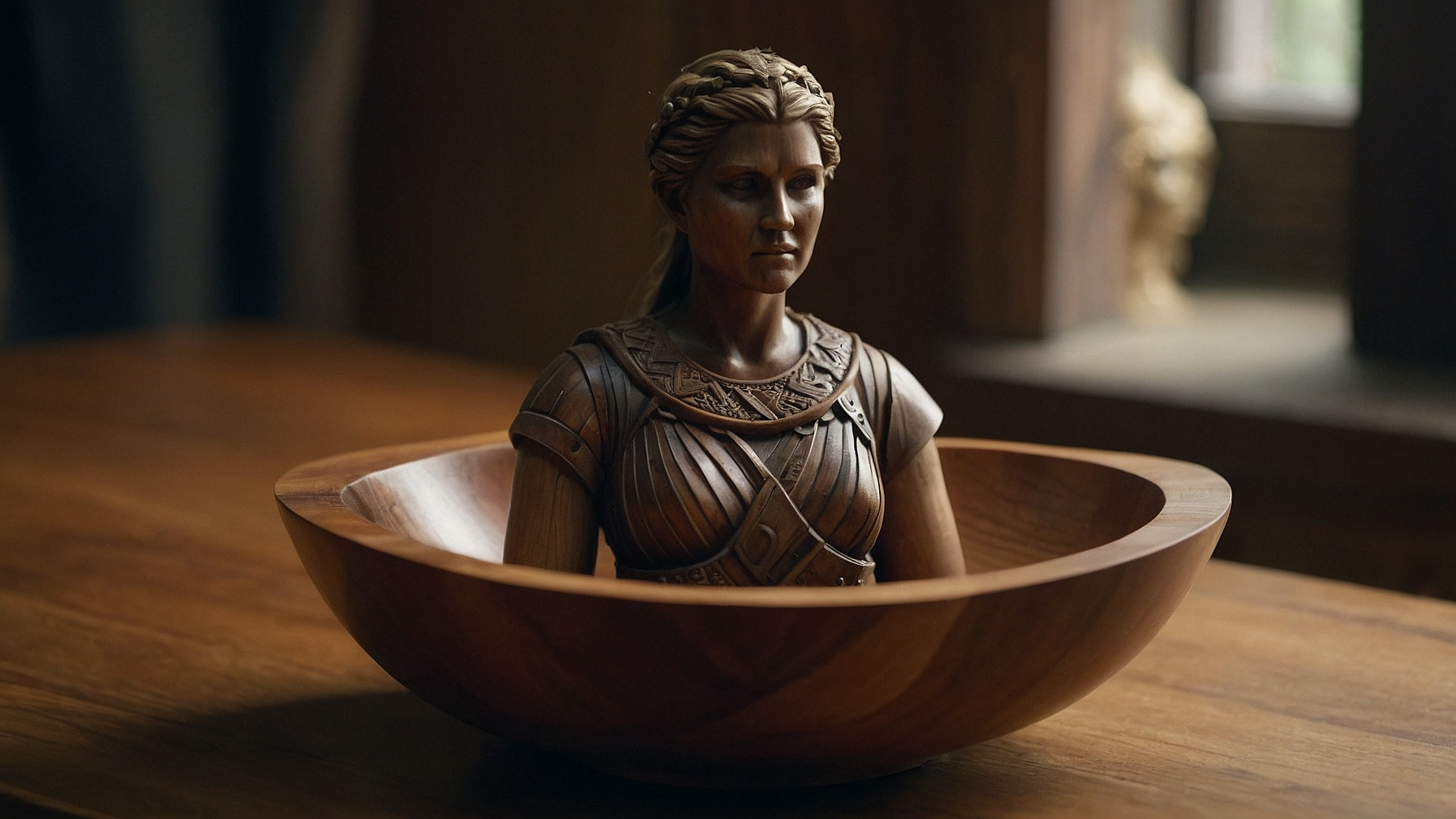
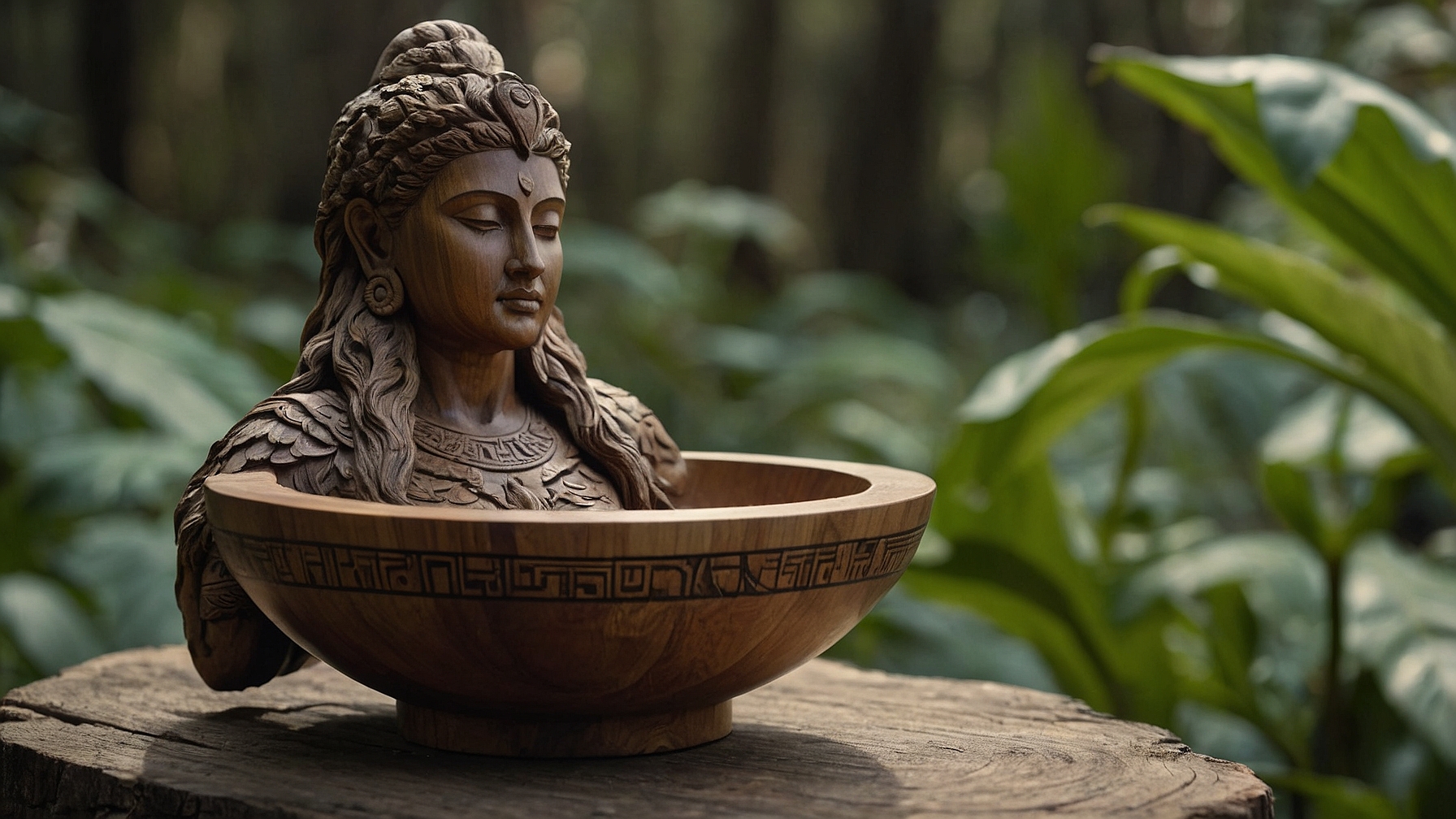

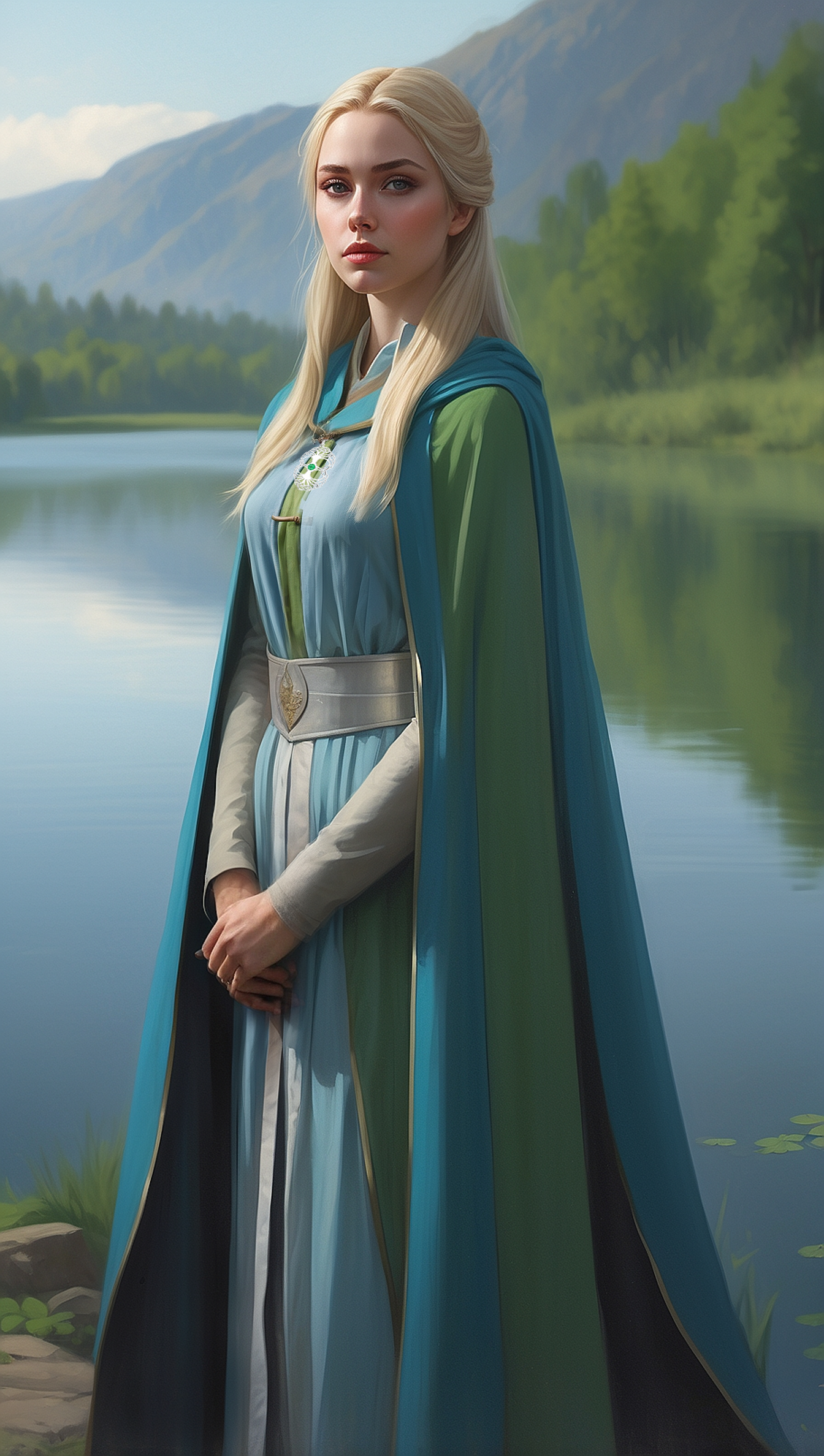

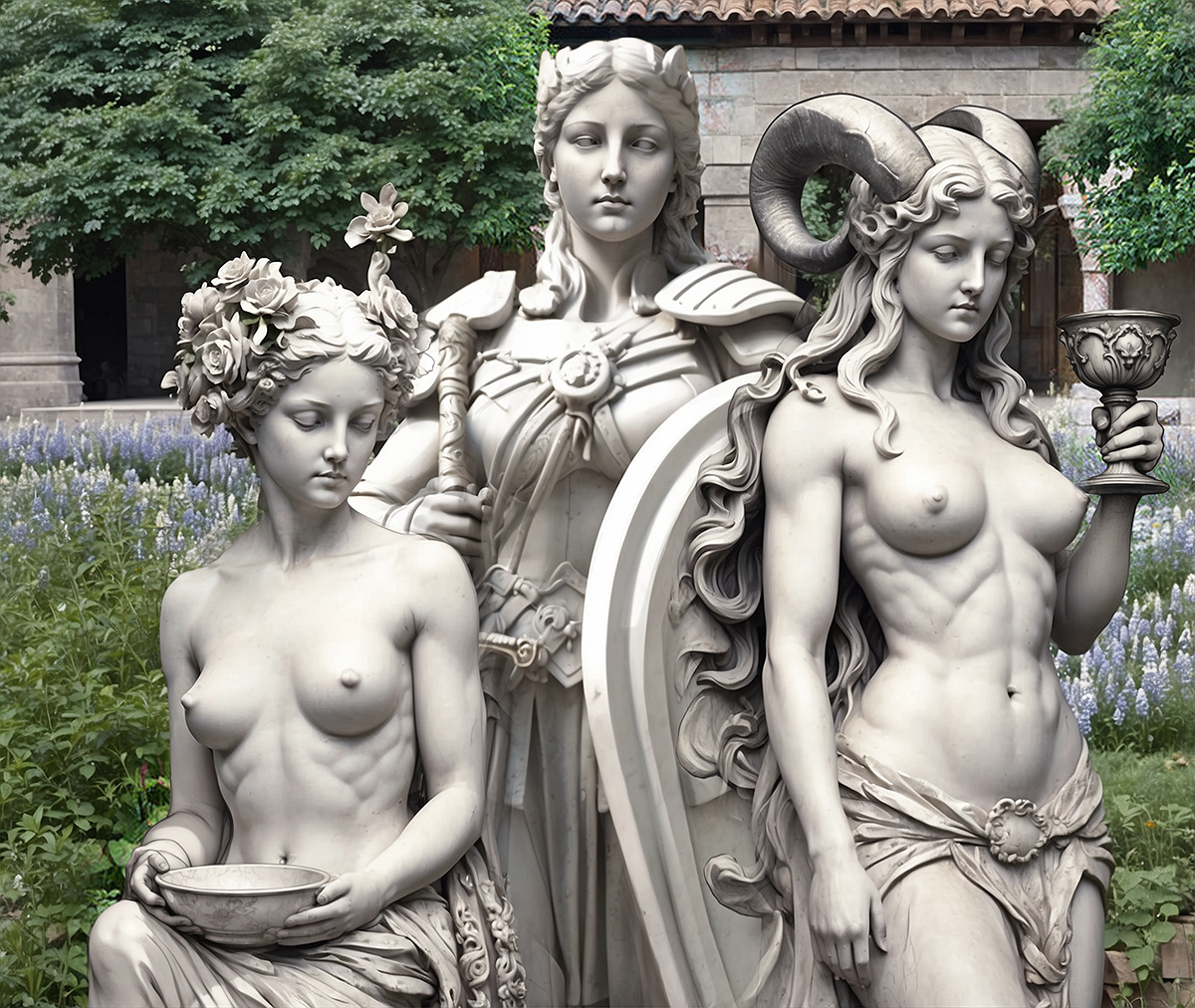

Comments